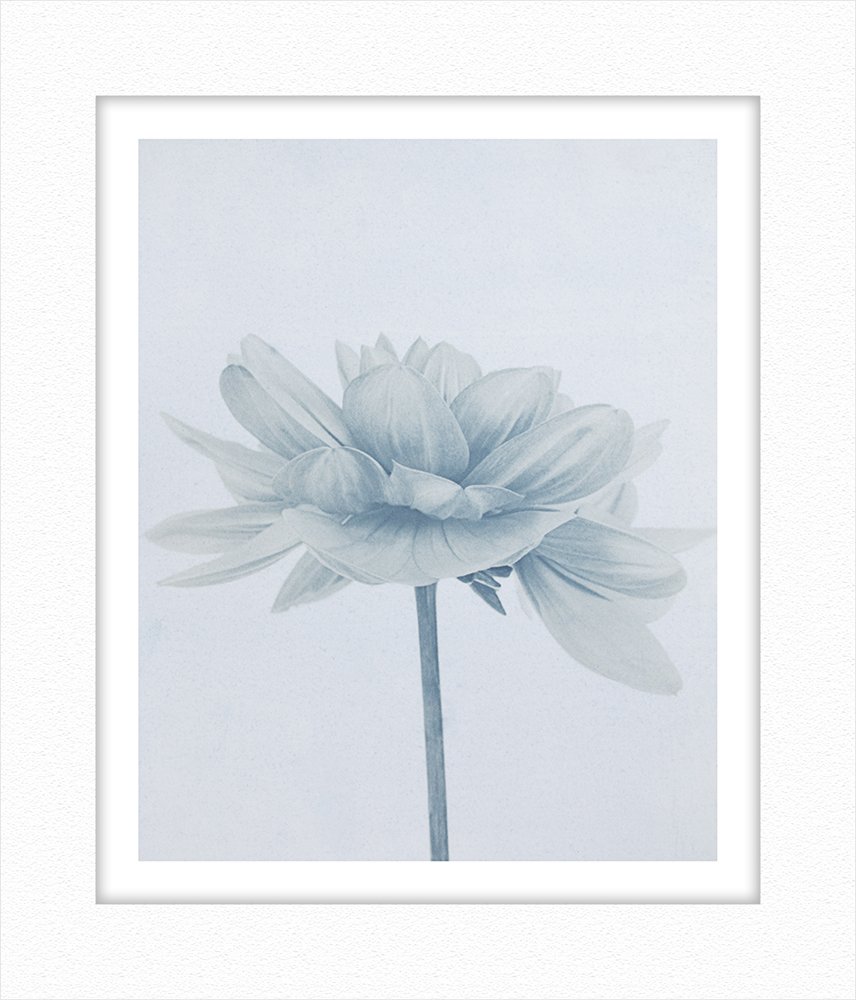The story behind these two…
Ever curious, I am interested in going deeper into each and every print that I make and so deepening my practice. Cyanotype printing is no different.
The flowers in these two prints were grown in my own garden and at the time, I was looking to put nature back into my Cyanotype prints somehow. So began a Summer of experiments. I have a fairly superficial knowledge of natural dyeing and love the muted pastel colours that I get. Always at the back of my mind has been the work of Babs Behan.
Around this time I was given this book for my birthday… Cyanotype Toning: Using Botanicals to Tone Blueprints Naturally.
I decided to make some botanical tea (always tea in our family) to tone my Cyanotype prints. I chose to take the rosemary from a very precious plant in my garden. I steeped the treasure in water for a good hour, to make a nice strong brew. I bleached the prints with a solution of Soda Crystals and then put the prints in the tea bath for about half an hour, checking on the colour regularly.
I dried my prints and then flattened them. If you have a Cyanotype print that fades, the solution is to put it in a dark place for a while and the colour will come back. Always display Cyanotype prints away from bright sunshine to preserve their colour.
As time went by, I noticed my Rosemary toned prints were changing colour. I wasn’t sure how the prints would end up if left, so I decided to scan them to preserve them
I’ve had them professionally printed on a simple archival photograg paper and then I’ve hand finished them with an acid-free preserving wax, developed by the British Museum.
The prints measure 10 x 8 inches plus a white border. They can be purchased here.
If you’re interested in making Cyanotype prints yourself, then pop over to my Essentials List where share everything you need.



